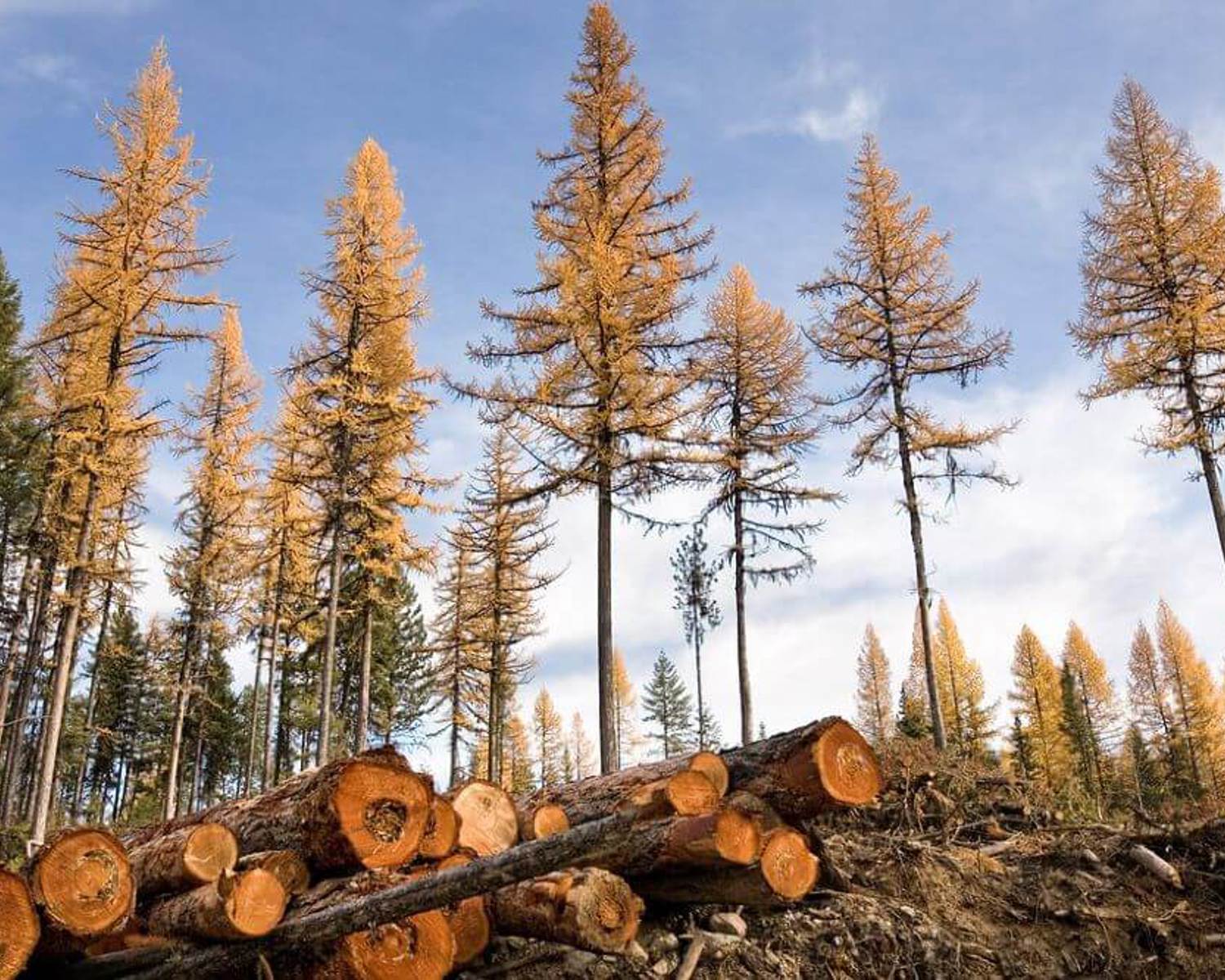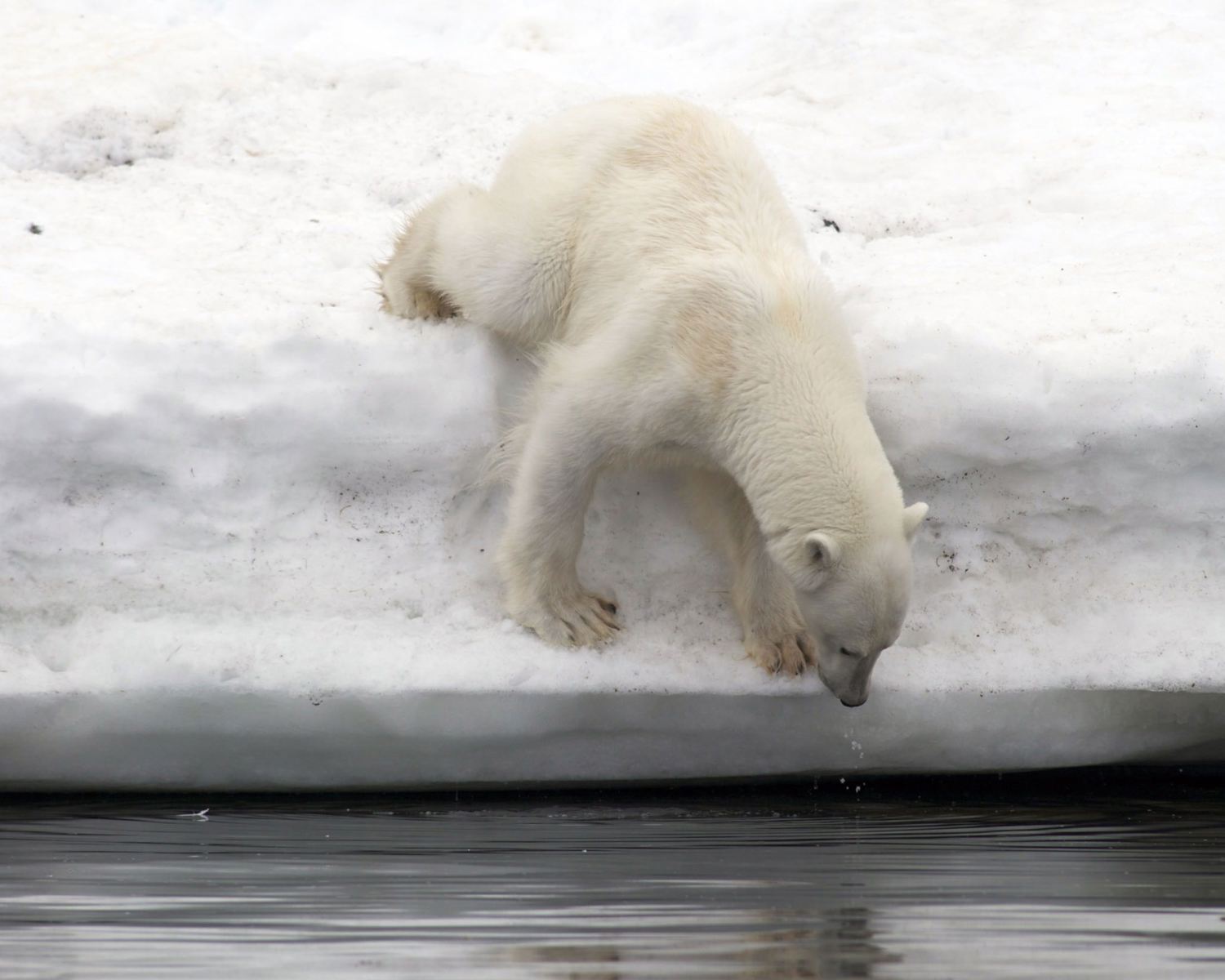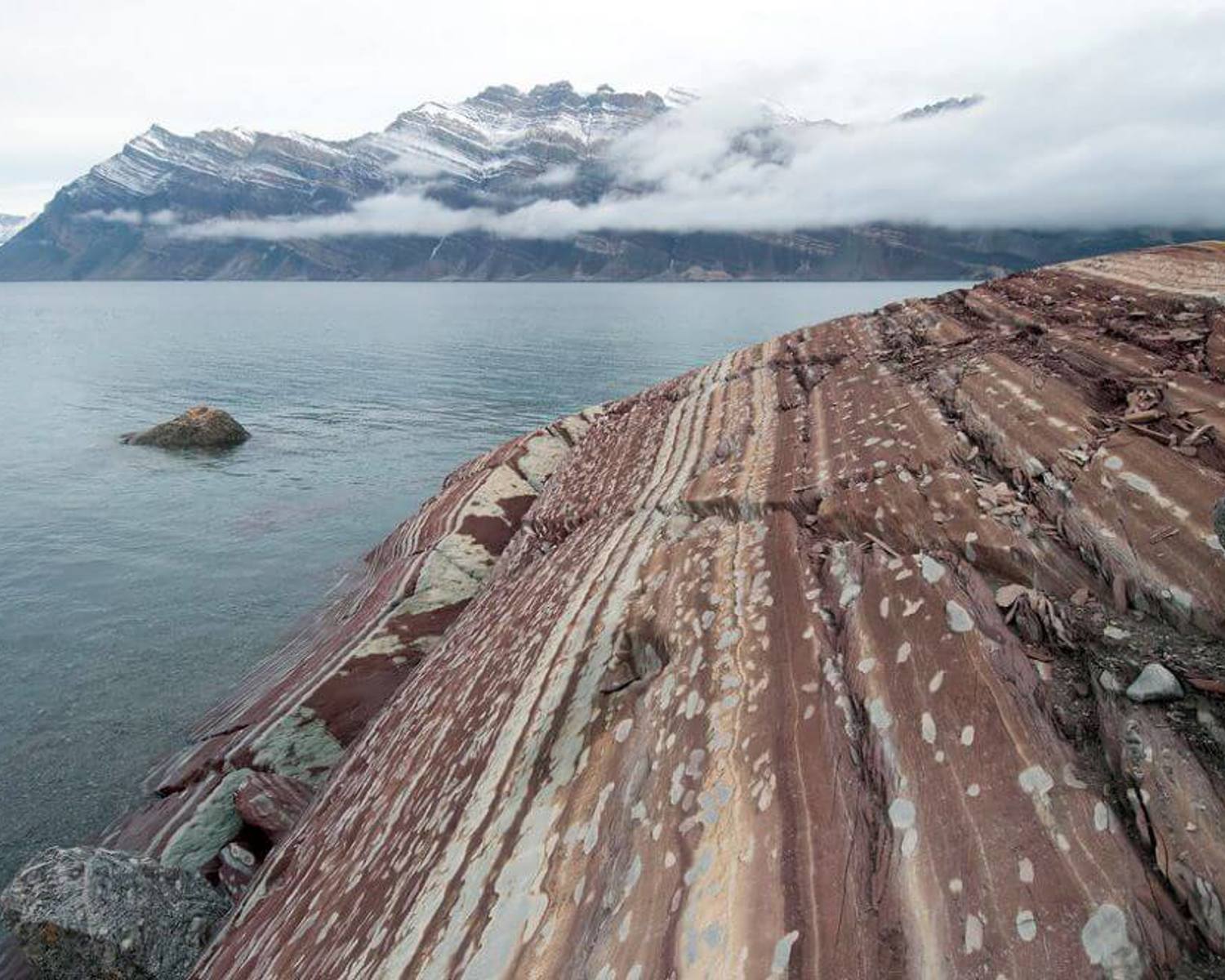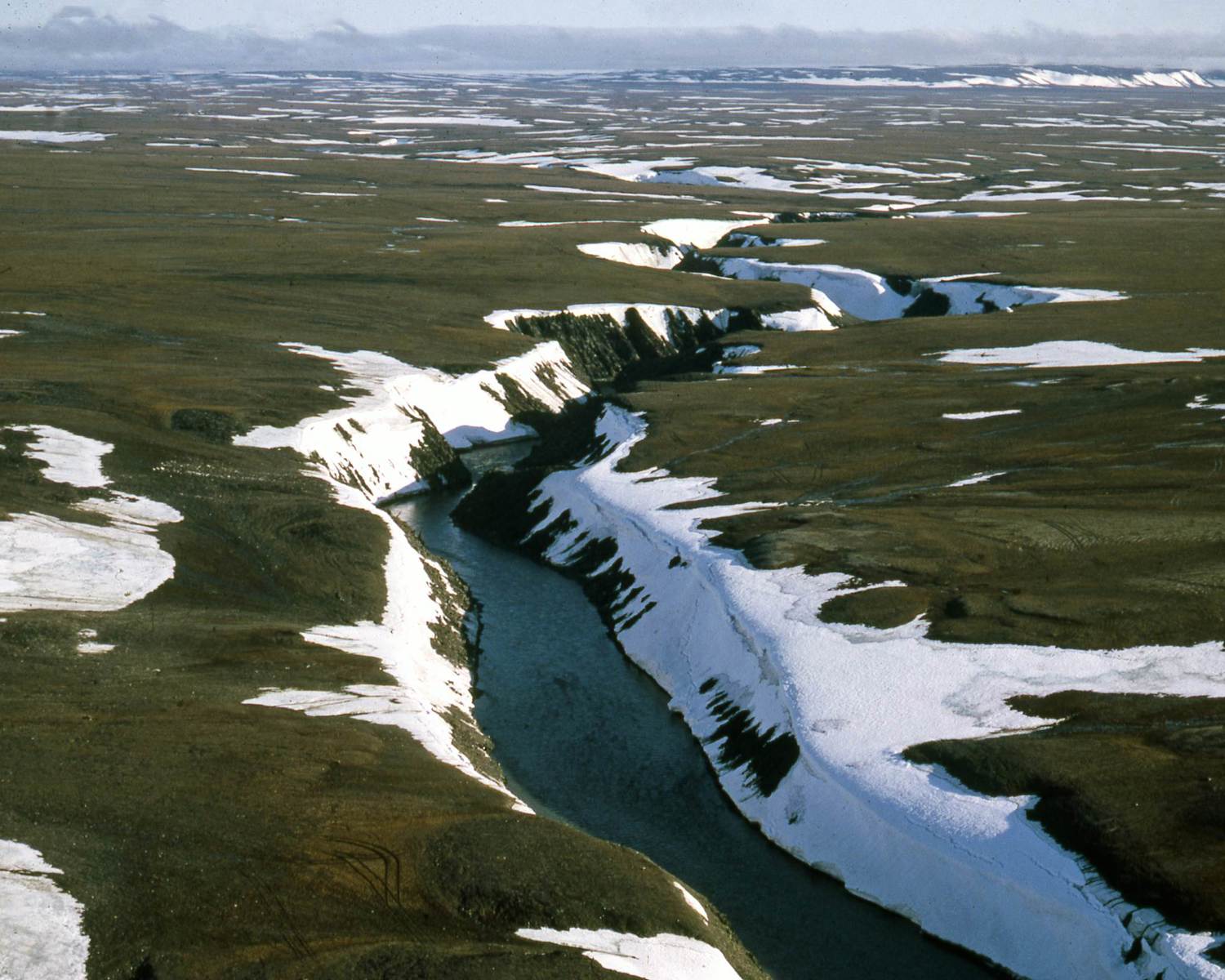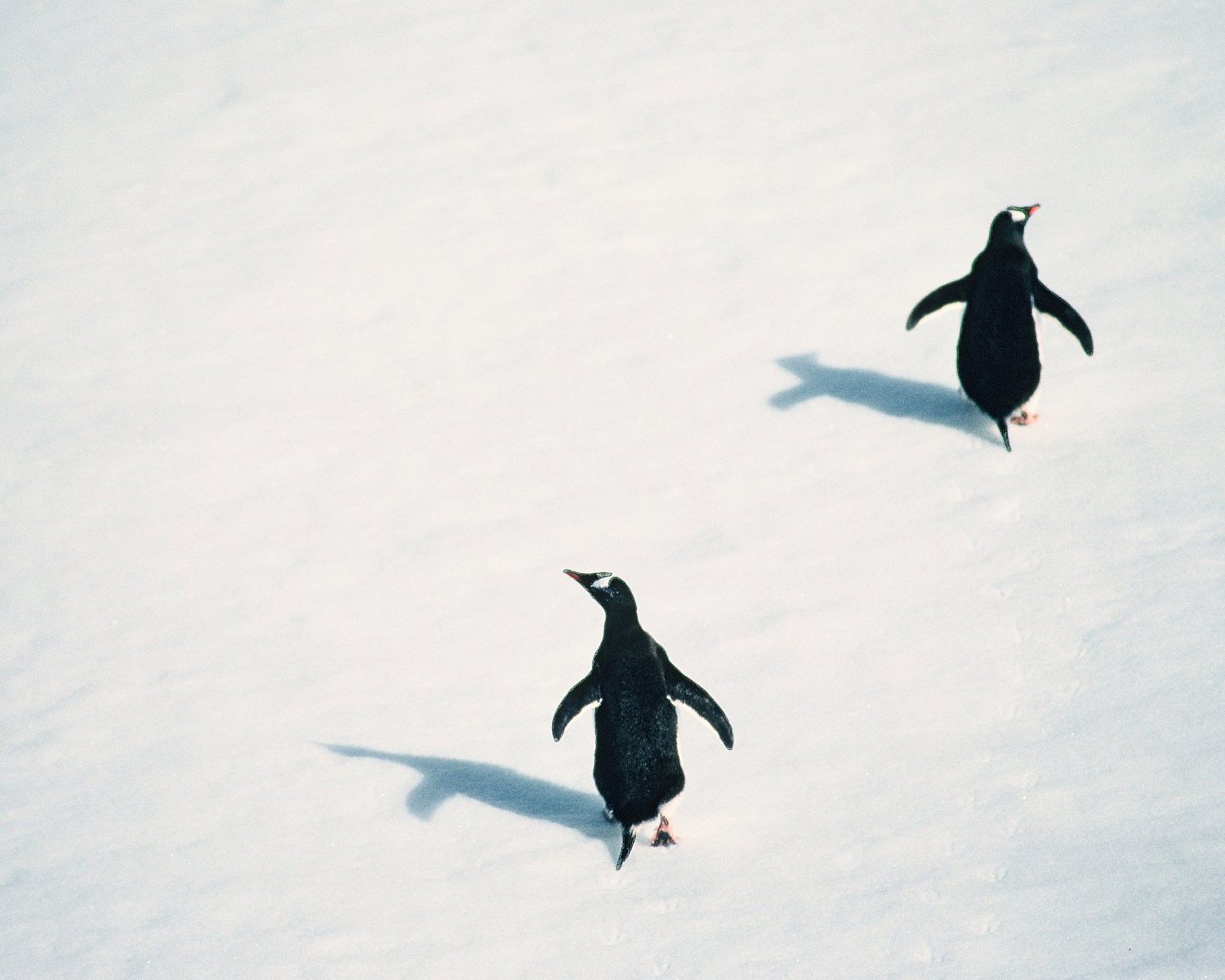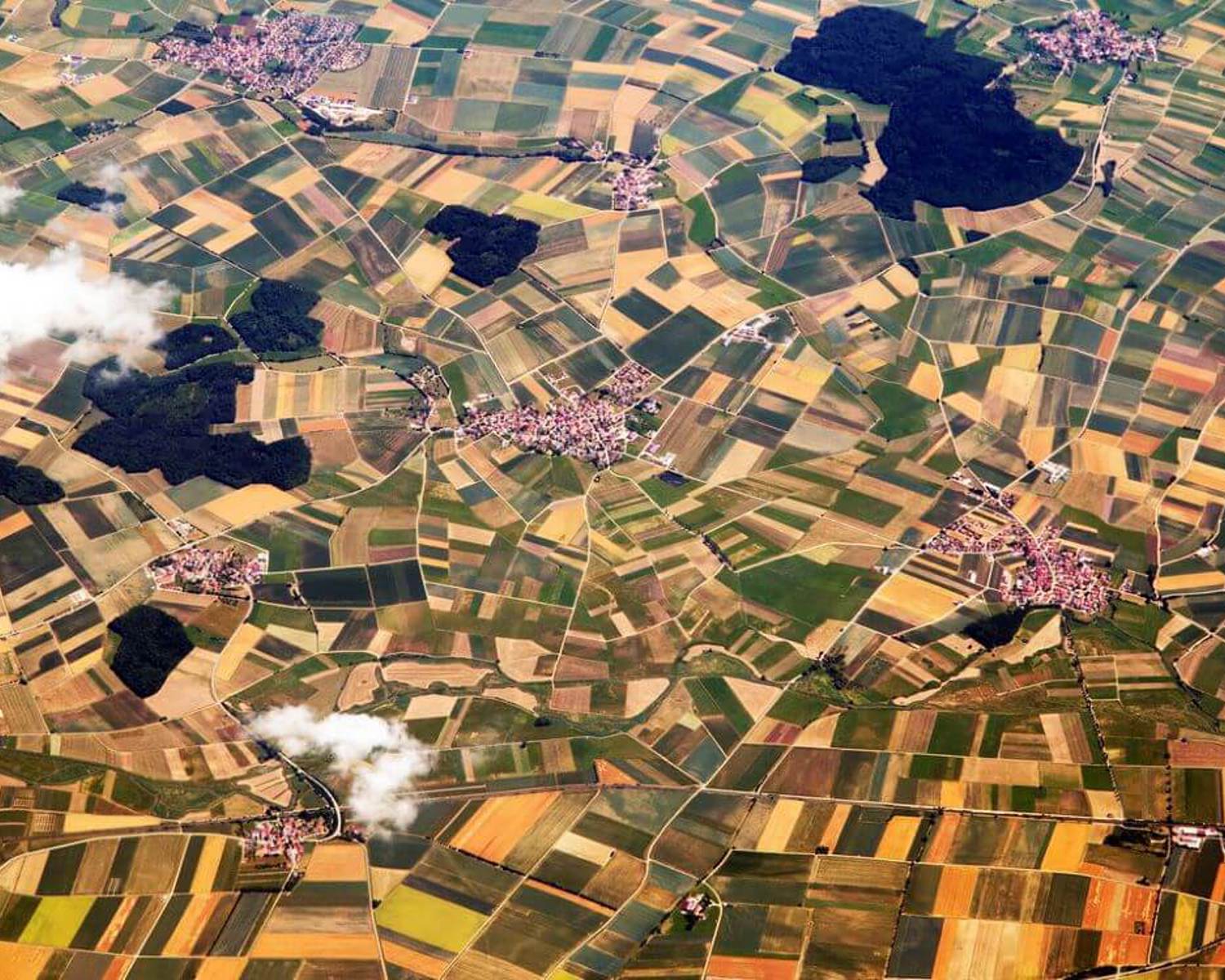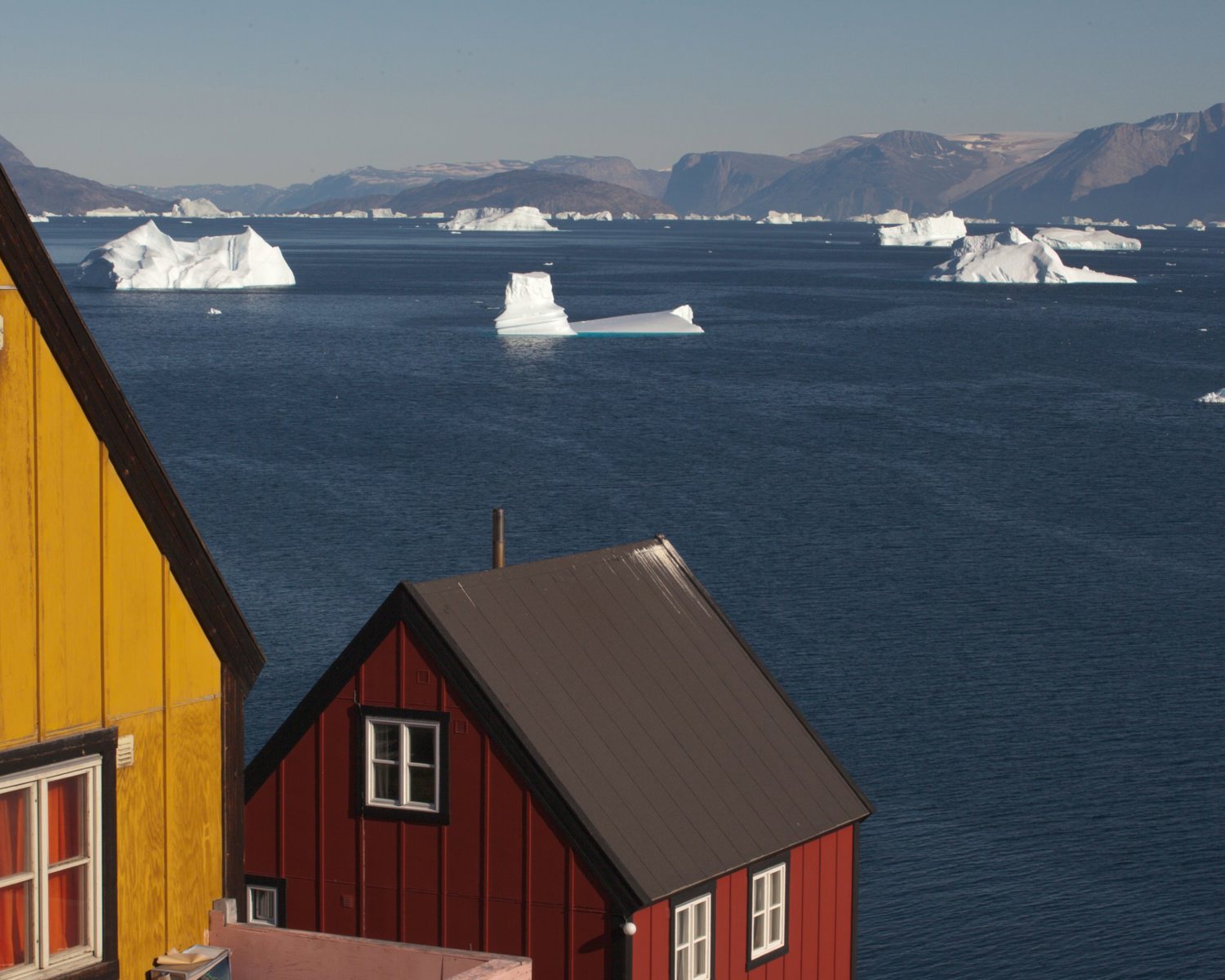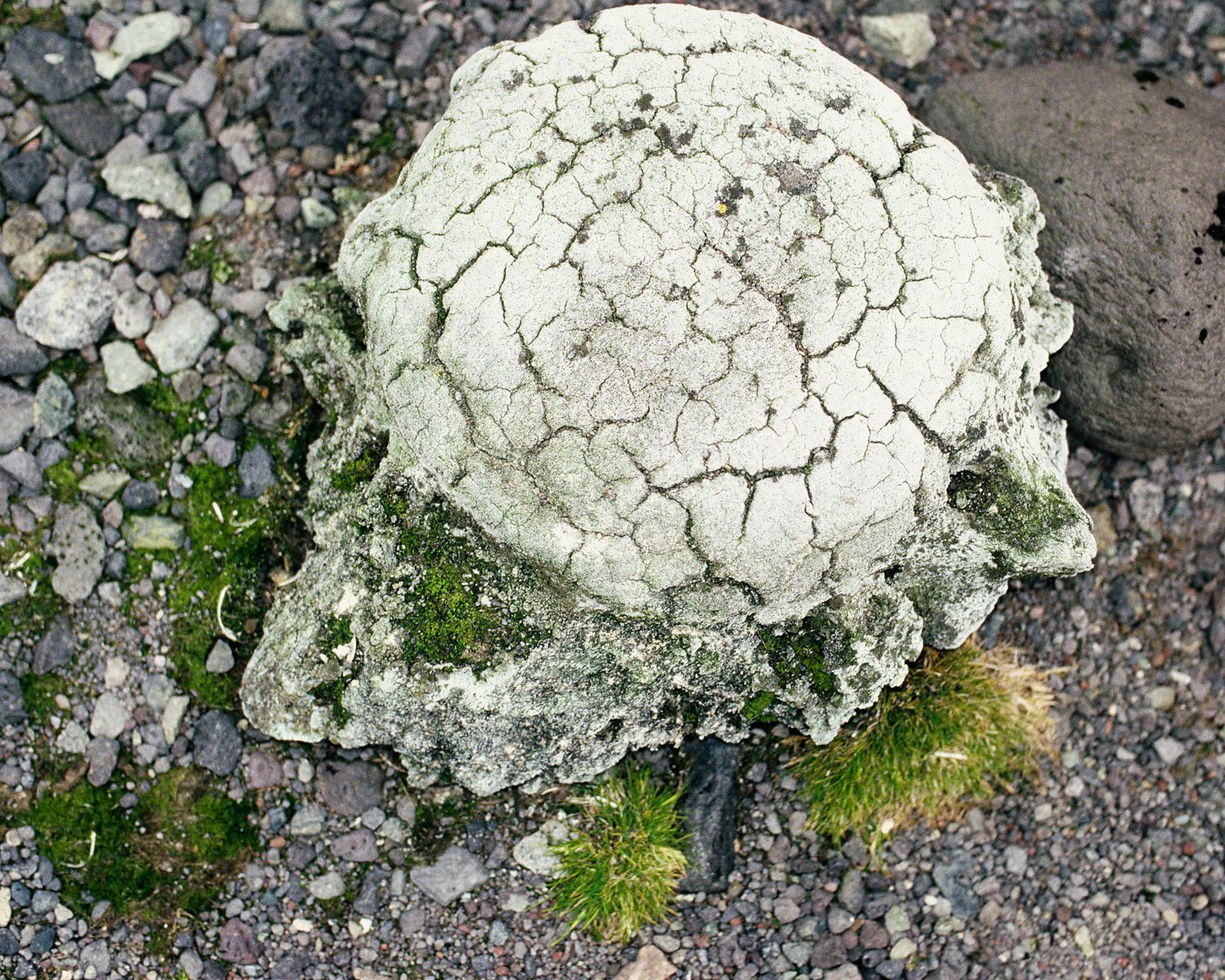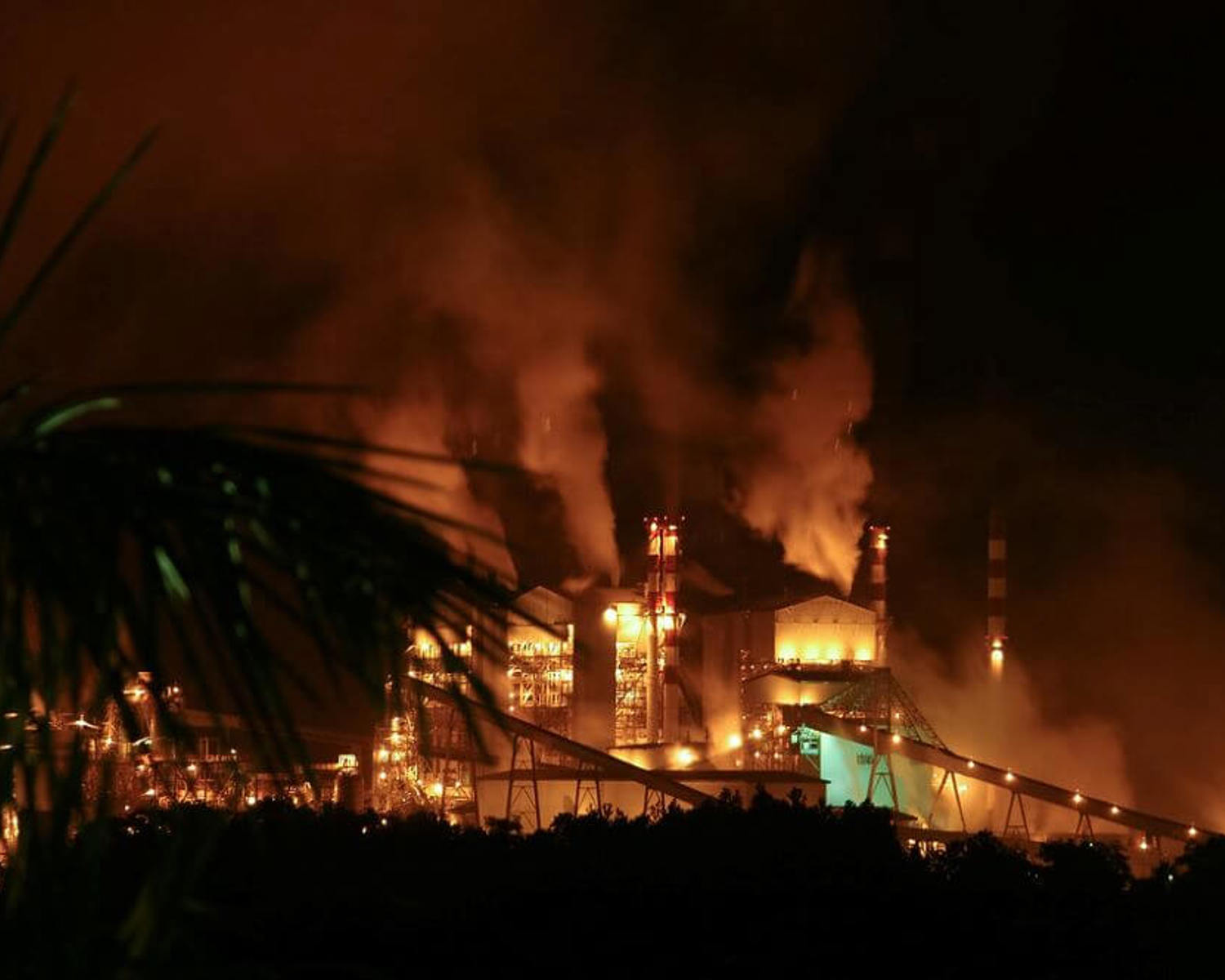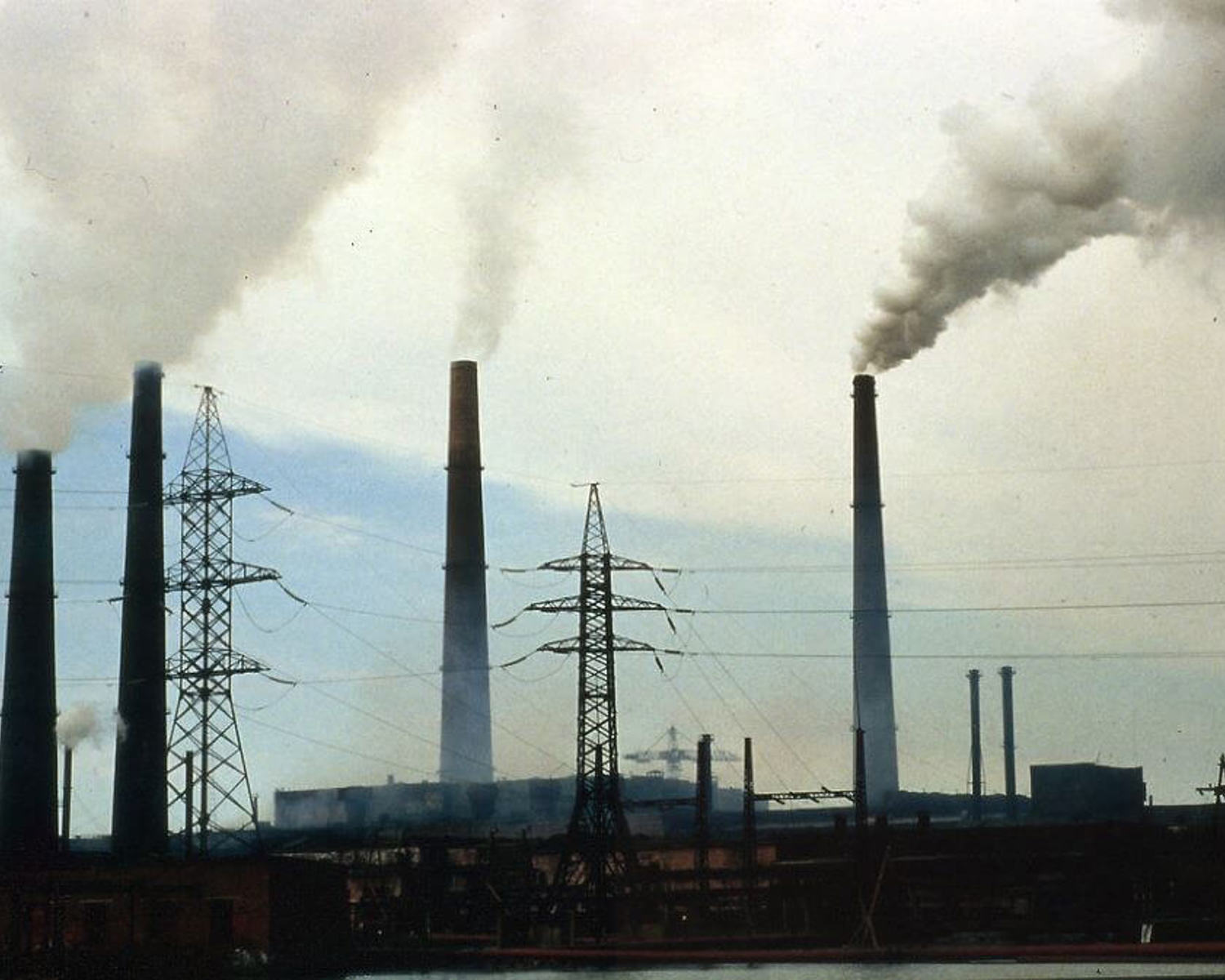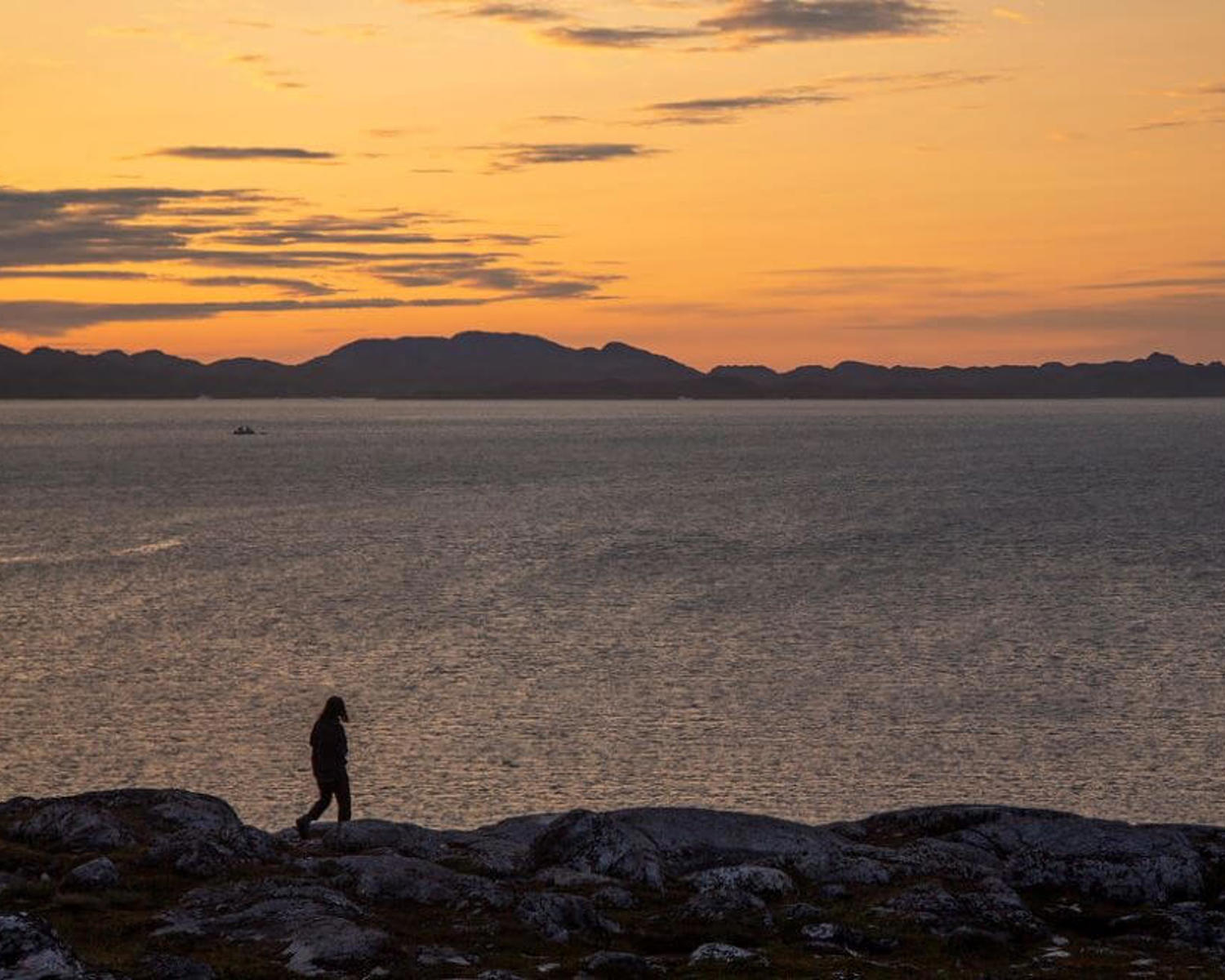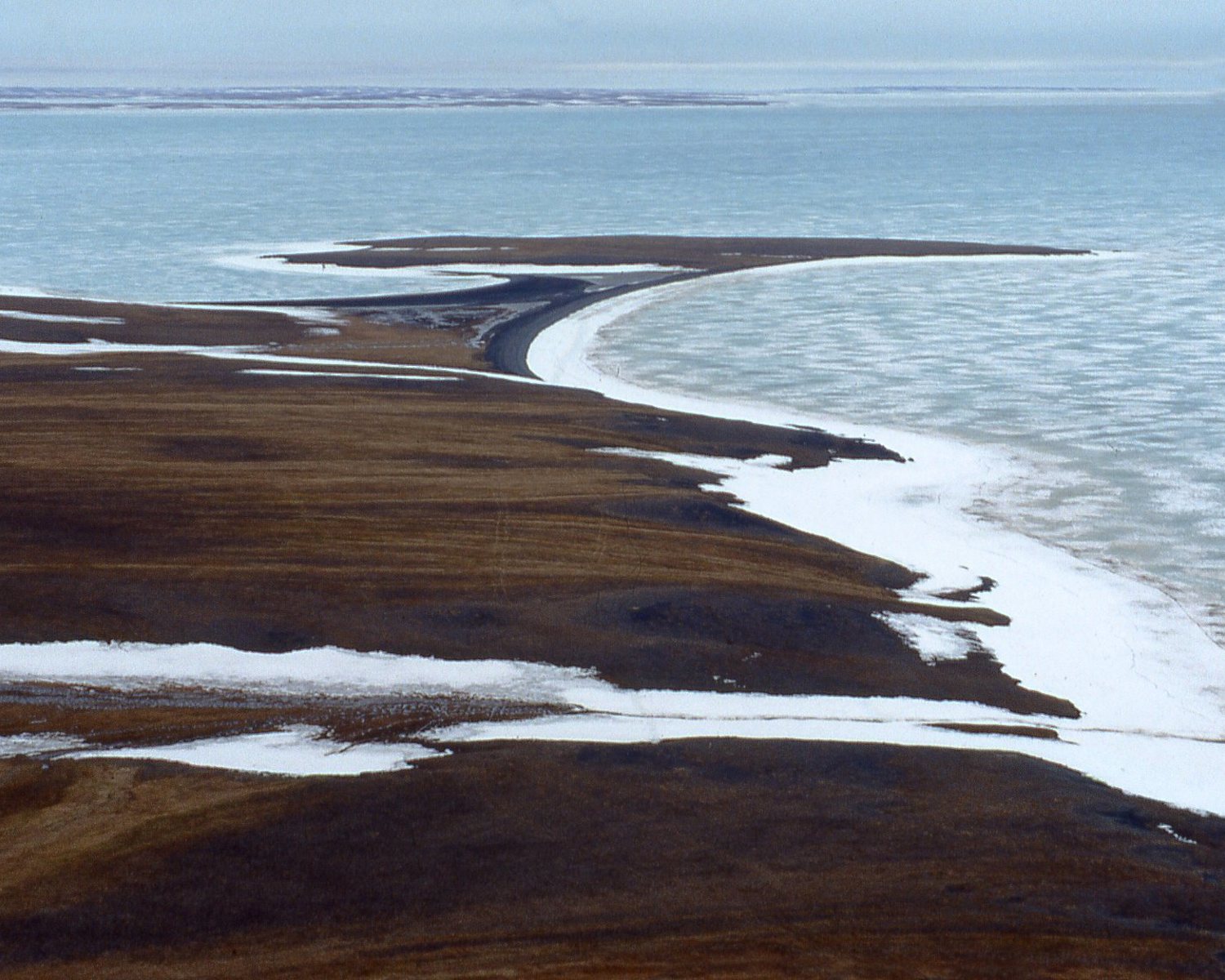Black Carbon (BC), also known as soot, is produced through the incomplete combustion of fossil fuels and biomaterials. Apart from its negative health impacts, BC also has significant climate effects because it generally has a lower albedo than its surroundings, which increases the amount of radiation absorbed both when BC is present in the atmosphere and when it is deposited on land (Stjern et al. 2017). Due to the large albedo differences, the effects of BC are especially significant in areas that are normally covered in snow or ice (Hadley and Kirchstetter 2012; Sand et al. 2016; Kang et al. 2020).



